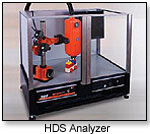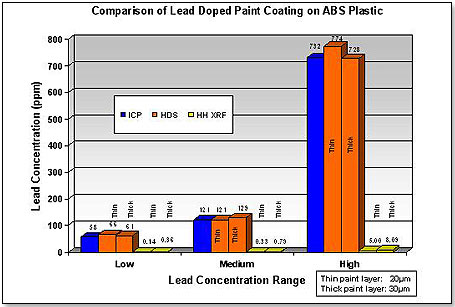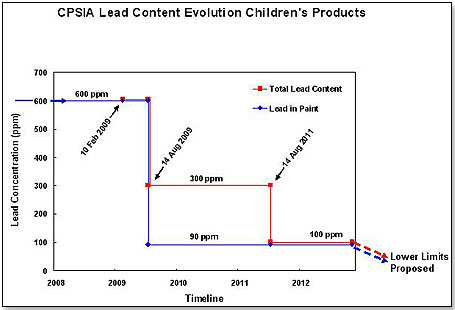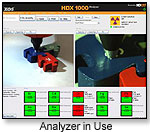
January 17, 2026


| “We believe that the industry and its regulators will see that, truly, this HDS technique is a fit-for-purpose solution for CPSIA compliance.” — Berry Beumer, XOS |
 “Traditionally, the primary way to quantify lead content in a paint layer or in a substrate is this ICP technique, which requires hours of sample preparation before you can get a result,” Berry Beumer, vice president of sales and marketing at XOS, told TDmonthly Magazine. “However, it is not practical to use as a screening or quantification method in a high-throughput production environment.”
“Traditionally, the primary way to quantify lead content in a paint layer or in a substrate is this ICP technique, which requires hours of sample preparation before you can get a result,” Berry Beumer, vice president of sales and marketing at XOS, told TDmonthly Magazine. “However, it is not practical to use as a screening or quantification method in a high-throughput production environment.”

 A team of engineers and scientists labored for about a year and a half to bring HDS from concept to finished product designed to meet CPSIA regulations, Beumer told TDmonthly. While the method is applicable to numerous industries, its development for the toy industry in particular was in response to the CPSC’s request that analytical companies develop alternative methods for screening and quantifying lead in paint for purposes of certification.
A team of engineers and scientists labored for about a year and a half to bring HDS from concept to finished product designed to meet CPSIA regulations, Beumer told TDmonthly. While the method is applicable to numerous industries, its development for the toy industry in particular was in response to the CPSC’s request that analytical companies develop alternative methods for screening and quantifying lead in paint for purposes of certification.
Copyright © 2026 TDmonthly®, a division of TOYDIRECTORY.com®,
Inc.